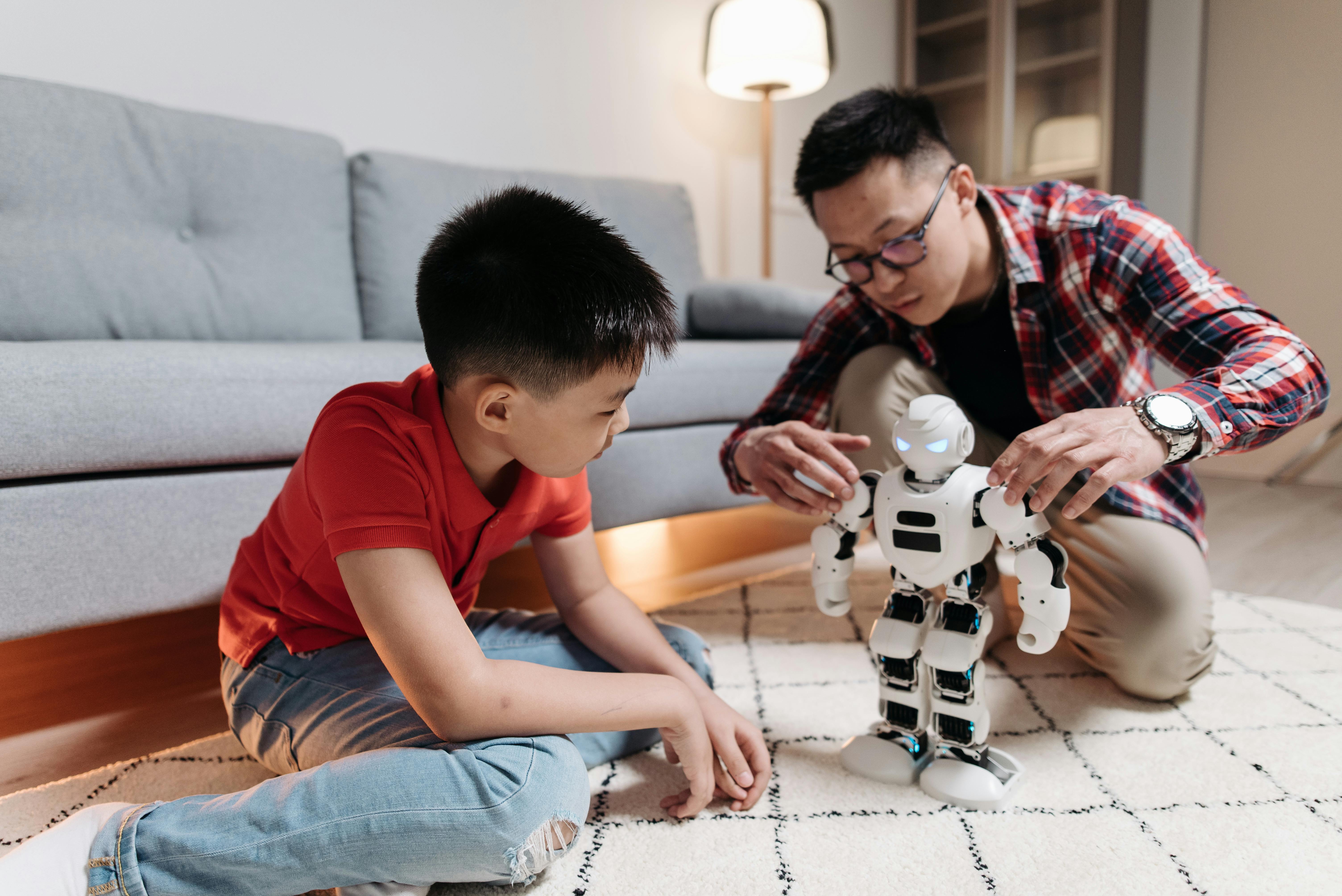Learning from Human Videos for Universal Humanoid Robot Control

Top post
From Human Motion Sequences to Universal Humanoid Pose Control: Machine Learning with Massive Video Data
Developing humanoids that can flexibly adapt to various tasks and environments poses significant challenges for robotics. Traditional methods based on reinforcement learning or teleoperation often encounter limitations. Simulated environments can only inadequately represent the complexity of the real world, and capturing demonstrations by human experts is time-consuming and expensive. A promising approach lies in utilizing the enormous amounts of freely available human video data. This data contains valuable information about human movement sequences and offers the potential to significantly improve the generalization capabilities of humanoid robots.
Humanoid-X: A Superlative Dataset
Recent research introduces Humanoid-X, a comprehensive dataset containing over 20 million humanoid robot poses, linked with textual descriptions of the respective movements. This dataset was created through a multi-stage pipeline: First, videos were collected from the internet and then automatically annotated with text descriptions. In the next step, the human movements were transferred to humanoid robots (motion retargeting). Finally, policy learning was performed to enable the learned movements to be implemented in the real world. Humanoid-X enables the training of AI models that derive corresponding actions for controlling a humanoid robot from text instructions.
UH-1: A Large Language Model for Humanoid Robots
Using Humanoid-X, the large language model UH-1 was trained. This model takes text instructions and generates control commands for a humanoid robot. Extensive experiments in simulation and the real world confirm that this scalable training approach leads to superior generalization in text-based control of humanoids.
The Significance for the Future of Robotics
The development of Humanoid-X and UH-1 represents an important step towards adaptable, practical humanoid robots. The use of massive human video data opens up new possibilities for training AI models and promises significantly faster and more efficient development of humanoid robots. The ability to control robots via natural language simplifies the interaction between humans and machines and expands the range of applications for humanoid robots in various fields, from industry and healthcare to private households. The research results underscore the potential of AI and machine learning to fundamentally transform robotics.
Challenges and Outlook
Despite the promising results, challenges remain. Transferring human movements to robots with different body structures and capabilities requires complex algorithms. The robustness and safety of the control in unforeseen situations must be further improved. Future research will address these challenges and drive the development of even more powerful AI models for humanoid robots.
The results presented here show that learning from human video data is a promising way to accelerate the development of humanoids and expand their capabilities. These developments open up new perspectives for the use of robots in a variety of application areas.
Bibliography
Mao, J., Zhao, S., Song, S., Shi, T., Ye, J., Zhang, M., Geng, H., Malik, J., Guizilini, V., & Wang, Y. (2024). Learning from Massive Human Videos for Universal Humanoid Pose Control. arXiv preprint arXiv:2412.14172.
Fu, Z., Zhao, Q., Wu, Q., Wetzstein, G., & Finn, C. (2024). HumanPlus: Humanoid Shadowing and Imitation from Humans. arXiv preprint arXiv:2406.10454v1.
He, T., Luo, Z., Xiao, W., Zhang, C., Kitani, K., Liu, C., & Shi, G. (2024). Learning Human-to-Humanoid Real-Time Whole-Body Teleoperation. arXiv preprint arXiv:2403.04436v1.
Luo, Z., Cao, J., Merel, J., Winkler, A., Huang, J., Kitani, K., & Xu, W. (2024). Universal Humanoid Motion Representations for Physics-Based Control. ICLR 2024 (Spotlight).
Ze, Y. (n.d.). Awesome-humanoid-robot-learning. GitHub. Retrieved from https://github.com/YanjieZe/awesome-humanoid-robot-learning
.png)


